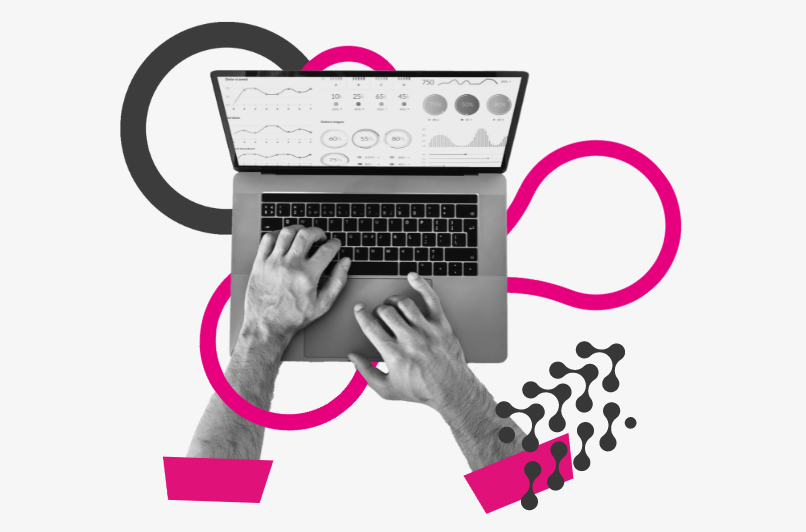Blog
Our specialists share knowledge and experience in various areas of marketing. They share best practices, case studies and provide commentary on trends, news and industry reports.


Our specialists share knowledge and experience in various areas of marketing. They share best practices, case studies and provide commentary on trends, news and industry reports.
